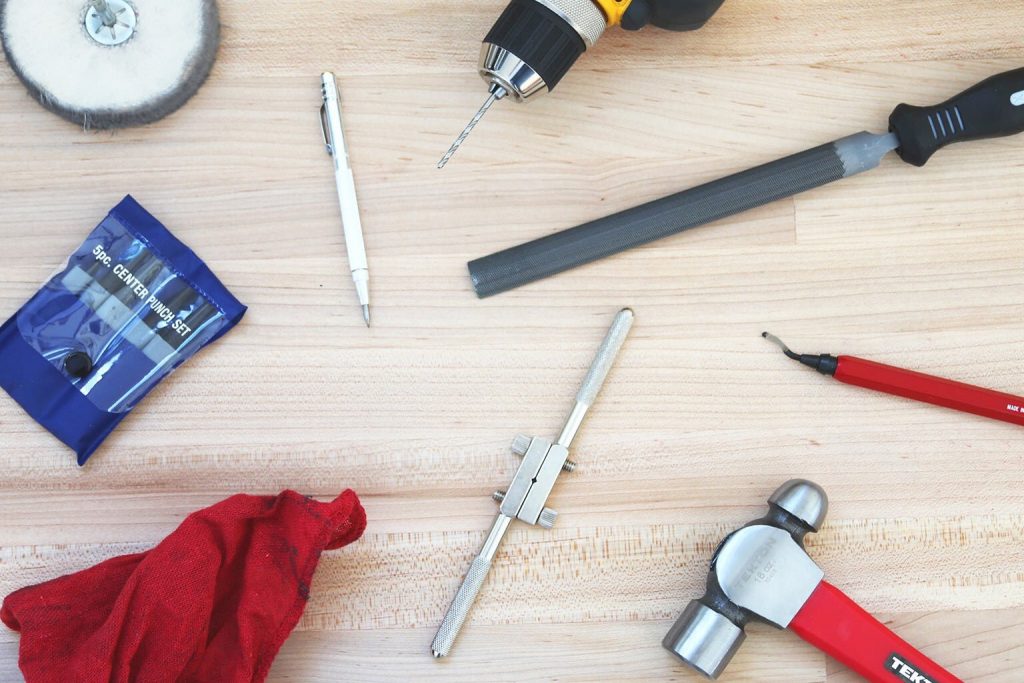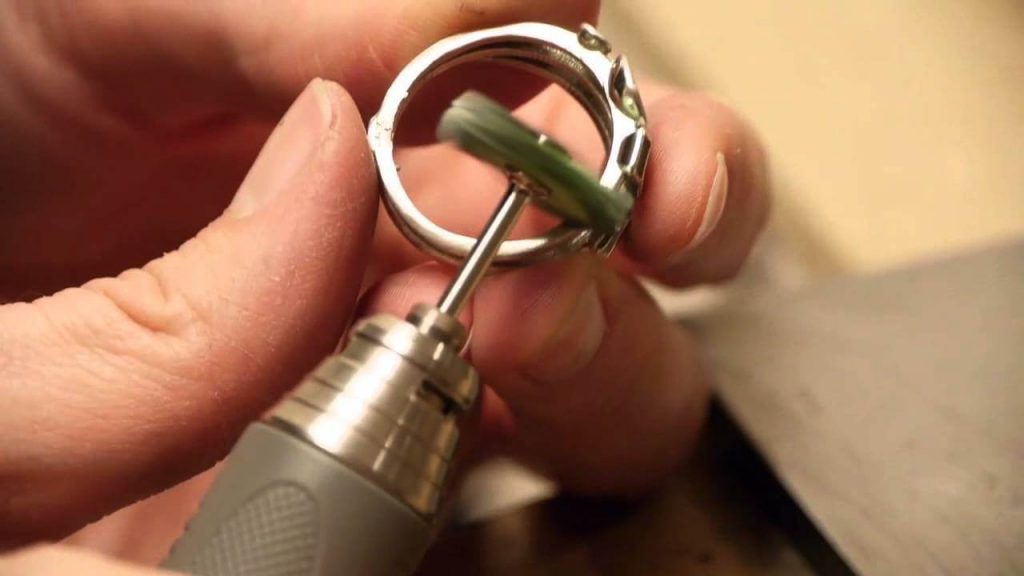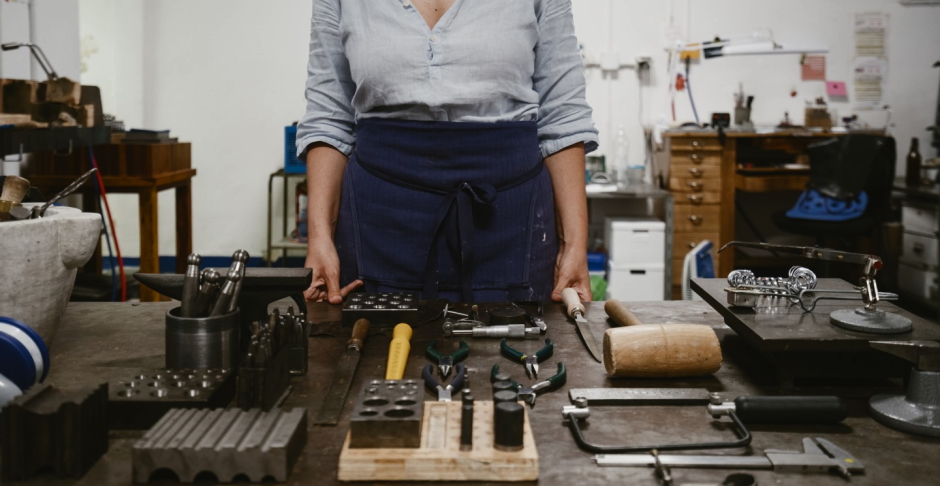Creating custom rings is a fulfilling and artistic endeavor that allows you to express your personal style and create one-of-a-kind pieces of jewelry. From the initial concept to the final product, each step in the design process is crucial in bringing your vision to life.
In this article, we will explore the exciting journey of designing custom rings, from sketching your ideas to crafting the finished piece. Whether you’re a novice or an experienced jewelry maker, this guide will provide you with valuable insights and practical tips to help you create stunning custom rings that reflect your unique taste and personality.
Inspiration and Concept Development
The first step in designing a custom ring is finding inspiration and developing a concept for your design. Here are some approaches to spark your creativity:
- Research: Explore various sources of inspiration, such as fashion magazines, online platforms, and jewelry exhibitions. Study different ring styles, gemstone cuts, and metalwork techniques to gather ideas for your design.
- Nature and Art: Draw inspiration from nature’s beauty, architectural elements, or art movements. Consider incorporating organic shapes, geometric patterns, or artistic motifs into your ring design.
- Personal Symbolism: Infuse your ring with personal meaning by incorporating symbols or elements that hold significance to you or the person you’re creating the ring for. It could be a birthstone, a meaningful gem, or a symbol of love and friendship.
Sketching and Designing
Once you have a clear concept in mind, it’s time to translate your ideas into sketches. Sketching allows you to visualize your design and make adjustments before moving to the next stage. Here are some tips for effective sketching:
- Materials: Gather a sketchbook, pencils, erasers, and any other drawing tools you prefer. Consider using colored pencils or markers to add depth and highlight specific elements of your design.
- Basic Shapes: Begin by drawing basic shapes to outline the ring’s band, setting, and gemstone placement. Focus on proportions, symmetry, and balance. Experiment with different styles, such as solitaire, halo, or vintage-inspired designs.
- Detailing: Add details such as filigree patterns, engravings, or texture to enhance the overall aesthetic of your design. Pay attention to small elements that can make your ring truly unique and captivating.
Material Selection
Choosing the right materials for your custom ring is crucial to achieve the desired look and durability. Consider the following factors when selecting materials:
- Metals: Decide on the metal type for your ring, such as gold (yellow, white, or rose), silver, platinum, or alternative metals like titanium or stainless steel. Each metal has its unique characteristics and price range.
- Gemstones: If your design includes gemstones, select the type, size, and shape that align with your vision. Consider factors like color, clarity, and durability. Popular gemstones include diamonds, sapphires, emeralds, and rubies, but there is a vast array of options available.
- Additional Elements: Determine if your design requires additional elements like enamel, pearls, or other decorative elements. These additions can add flair and personality to your custom ring.
Collaborating with a Jeweler
Bringing your design to life often requires the expertise of a skilled jeweler. Collaborating with a professional jeweler will ensure that your custom ring is crafted with precision and attention to detail. Here are key considerations when working with a jeweler:
- Research: Seek recommendations and research local jewelers who specialize in custom designs. Look for testimonials and examples of their previous work to ensure their expertise aligns with your vision.
- Communication: Clearly communicate your design ideas, preferences, and any specific requirements to the jeweler. Provide your sketches, material choices, and gemstone preferences to facilitate effective collaboration.
- Review and Feedback: Throughout the production process, ask for updates and review the work in progress. Provide feedback to ensure that the final piece matches your design concept.
Crafting the Finished Piece
Once the design and material choices are finalized, the jeweler will begin the process of crafting your custom ring. The specific steps may vary depending on the design complexity and the techniques employed. Here is an overview of the production process:
- Wax Model or CAD Design: In some cases, a wax model or computer-aided design (CAD) is created to visualize the ring in three dimensions before casting it in the chosen metal.
- Casting: The jeweler uses the lost-wax casting technique to create the ring’s metal structure. Molten metal is poured into the mold, and once cooled, the mold is removed, revealing the initial metal shape.
- Metalwork and Stone Setting: The jeweler performs metalwork, such as filing, polishing, and soldering, to refine the ring’s structure. If your design includes gemstones, they are carefully set into the metal, securing them in place.
- Finishing Touches: The jeweler adds any additional details, such as engravings or surface texture, to bring your custom ring to life. A final polish enhances its shine and brilliance.
Care and Maintenance
Congratulations! You now have a beautifully crafted custom ring. To ensure its longevity and continued beauty, follow these care and maintenance tips:
- Cleaning: Regularly clean your ring using mild soapy water and a soft brush. Avoid exposing it to harsh chemicals or abrasive materials.
- Storage: Store your ring in a designated jewelry box or pouch to protect it from scratches and damage. Consider using a separate compartment or individual slots to prevent tangling or scratching against other jewelry pieces.
- Professional Maintenance: Periodically have your ring inspected by a professional jeweler to check for loose stones, worn prongs, or any other issues that may require repair.
Designing custom rings is a captivating journey that allows you to create unique pieces of jewelry that reflect your personal style and story. From finding inspiration and sketching your ideas to collaborating with a skilled jeweler and witnessing the transformation of your design into a tangible piece, the process is both rewarding and creative.
By following the steps outlined in this article, you can embark on the adventure of designing custom rings with confidence and skill. Let your creativity flow and create stunning custom rings that become cherished symbols of love, style, and self-expression.



